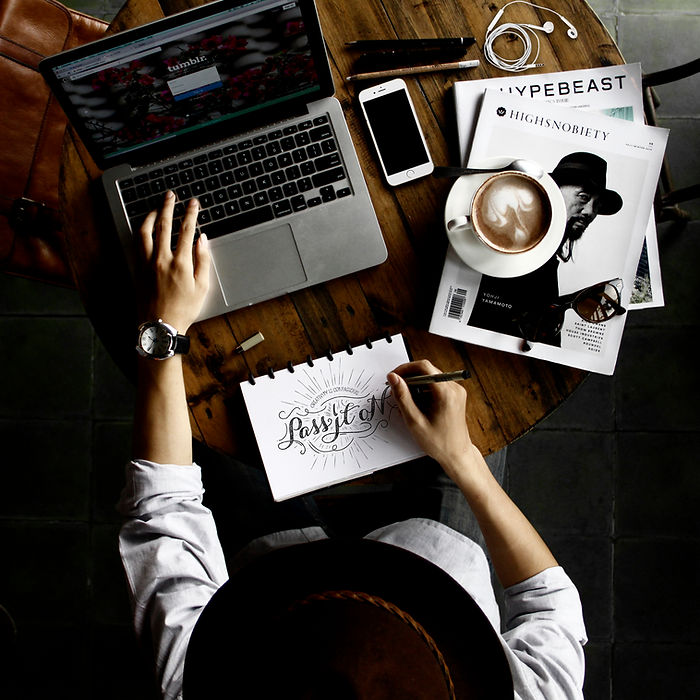

RECYCLING STORIES THROUGH ELECTRONIC DEVICES
Urban meditation
& Storytelling through old photos
Overall objectives
1. Discovering local visual culture
2. Getting in touch with local people and institutions
3. Enhancing culture of origin
4. Rediscovering and reusing skills
5. Awake awareness about environmental protection through recycling materials
6. Developing linguistic skills and vocabulary in the local language
Recommended for
- Any target group
- Young people with migrant or refugee background
Duration:
3 workshops of 3 hours
1. Introductory Phase:
Speed dates & introduce yourself thorough old photos
Specific objectives:
-
Warming up
-
Connecting to each other, getting to know each other
-
Overcome shyness
-
Building trust
-
Getting familiar with the visual collection that your will work with
Materials needed :
- A bigger room to be able to move around
- Wooden sticks
- Old photos or postcards
Time frame:
Between 30 and 60 minutes depending on the number of participants

1. Speed date: In random couples the participants discuss one question. After 2 minutes they change pairs and have another question such as "What are your hobbies and manias?"or "What did you learn lately?"
2. Connection without talking: in pairs two people receives two wooden sticks.
They have to stay connected by holding them with it only one finger.
Tell them to try to move around the room in this position without making the sticks fall.



Introduce yourself with an old photo.
Use the photo like a business card. It can be a feeling, what the photo gives to you, a line or a color you identify with. Or it can be a concrete topic on the photo such as
"I am like the house on the picture."
Through this activity we can get familiar with a collection of the visual supports, photos.
2. Discovery Phase :
URBAN MEDITATION
Specific objectives
1. Observing the public space, dynamics, textures of the city space
2. Connect spaces with memories
3. Creating links between past, present and future
Material needed
a folder with papers, crayons, a pencil or a pen and the coordinates of the space where they have to come back
Time frame
1hour

Instructions:
“Now you will have 30 minutes of freedom to be with yourself while you walk. Try not to speak or communicate on your phone.
Observe patterns, rhythms, textures, collect things that are related to your life so far, that you are connected to, that are part of your identity. Observe yourself : what do you want to carry forward from your past into your future?



Create observation categories or a list of keyword about things that you want them to observe and put it in the folder.
Tell them to collect small useless objects at least one related to each observation category.
After the participants arrive back, give them some time so that they can organize their notes, write down what they still wanted and write keywords to post-its, as a summary of their journey.
The exercise is based on the Creative City Crossing activity.
3. Creative Phase :
Past and present cityscapes
Specific objectives
1. Creating links between past, present and future
2. Improving art & crafts skills
3. Understanding the mechanism of remembering
Time frame
Between 1 and 1 and half hours
Material needed
- Photos
- Transfer paper
- Pens and pencils

Preparation:
Everyone cuts a one-meter copy paper and chooses one pencil.
Instructions: “We make two cityscapes on one paper. The first is the cityscape from your childhood, from your past. Next to it, with a bit of space the other is the cityscape from my present. Choose from the collection some photos where you see your past or your present. Persons, forms, buildings, lines, details.



Copy this detail on the paper from photo. It is not problem, if you can’t see all details, because this is like remembering. Realistic or abstract? This is your choice!

In the second phase, you will create a digital photo, it two ways. Instructions:
“Take a panoramic photo with your mobile. First will be a normal photo.
The second photo will be an experimental one. At the first case the mobile is moving very slowly horizontally. At the second the mobile is moving very slowly horizontal and sometimes very slowly vertical at the same time. This will be a “wrong picture”. There will be blurs, the forms crash and there will be black parts. It is like a mechanism of remembering.”

4. Video storytelling with images
Specific objectives
1. Improving digital skills
2. Co-creation and work in group
3. Improving skills in visual strorytelling
Time frame
Between 40 and 60 minutes
Material needed
- Smart phones
- Photos

Ask the participants do work in small groups of 3-4 people on stories of the city, based on the experiences of the first workshop and with the images from the second. Let them the coice to create stories where the images serve as scenes, or every image could be a different short story. They had 25 minutes to write the story, including one image from everyone and to record a narration with their phone. They could choose roles, like everyone narrates a part or one person is the narrator, someone else is the cameraman, etc. At the end we made a short movie session, the creators had the chance to make an introduction speech before their short film, and after watching the film the rest of the group gave feedback, what they understood and what they liked about the film.

Here, you can check out Artemisszió's video description about the local training held in Budapest:





